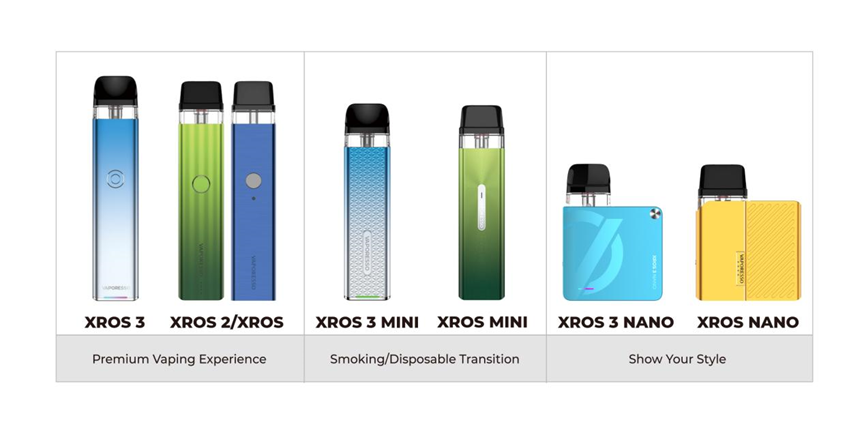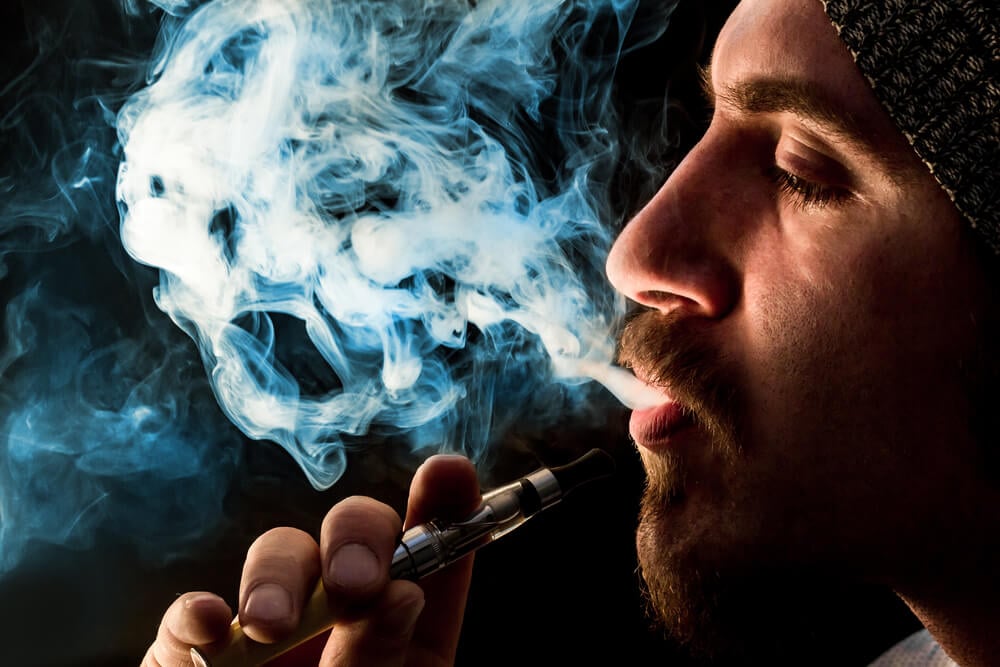If you've been considering vaping but haven't yet jumped in, it's probably because you're not sure where to start. Whether you're a smoker looking for a healthier nicotine alternative to smoking tobacco, or you've never smoked before but are just curious about vaping, this post aims to help. So, let's start right at the beginning...
What is vaping?
We've all seen vapers enjoying a good vape, but what are they doing? What is vaping? Believe it or not, there are many hidden facets to vaping that can shape and tailor the experience depending on what is you like. Whereas cigarettes and cigars offer one dimensional experience, a vape kit can be modded an altered using hundreds of different combinations to give you a truly unique vaping experience. From vapor tanks and atomizers, batteries to your choice of coil, there's a lot to consider. Most simple vape devices are comprised of a battery, heating element, wicking material, and usually a tank that holds the liquid to be vaped. The “e-juice” or “e-liquid" is absorbed by the wicking device, which is wrapped in or around a heating coil, and when the power is activate - usually by lightly touching a button - vapor is produced.
But where did this all begin?
From simple e-cigs to atomizers and vapor tanks
It may surprise you to learn that vaping isn't necessarily a new thing. In fact, the earliest vaping style device was devised and patented in 1963 by Herbert Gilbert. He referred to his devices a smokeless, non-tobacco cigarette' and for it's time the device was surprisingly advanced, comprising of a battery, heating element and a 'chimney' that strongly resembled a traditional cigarette. While the patent never got into production, it's the earliest known example of what today we'd refer to as an e-cigarette. Pretty neat, wouldn't you say? Here's the patent courtesy of the United States Patent and Trademark Office:

It's thought that one of the reasons Gilbert's design couldn't be made commercially available is that it was simply too expensive to produce and the buying price would be astronomical. Fast forward all the way 2003 and Chinese pharmacist named Hon Lik took took Gilbert's design to the next level. His new, sleek e-cig used ultrasound to create vapor from liquid. While still quite rudimentary by today's standards, Lik's device paved the way for the incredibly vibrant vaping scene we enjoy today.
From simple e-cigs to atomizers and vapor tanks
Once the technology had been established, demand grew. It was always thought by proponents of vaping that is was a healthier way of getting a nicotine hit than smoking tobacco, and all these years later they've been proved right. These intrepid DIY-ers who had a passion for vaping took it upon themselves to start building their own devices. The base components - battery, tank, atomizer - all stayed the same but different wattages and resistances were experimented with. These modified devices were referred to simply as 'mods', and they've shaped the way we vape today. From sub-ohm vaping to experimental MTL/DLI vaping, this technology has transformed vaping into hobbyist's dream.
Vaping as a hobby
If you like tinkering with gadgets and find the idea of vaping relaxing, it really could be a hobby in waiting. And with the rise of so many vape kits and e-juice retailers, there's no shortage of places to start. It's a common misconception that vaping is merely a means for smokers to kick a bad habit - there's a great deal more to vaping than meets the eye and it can be an incredibly deep and rewarding endeavor.











COMMENTS